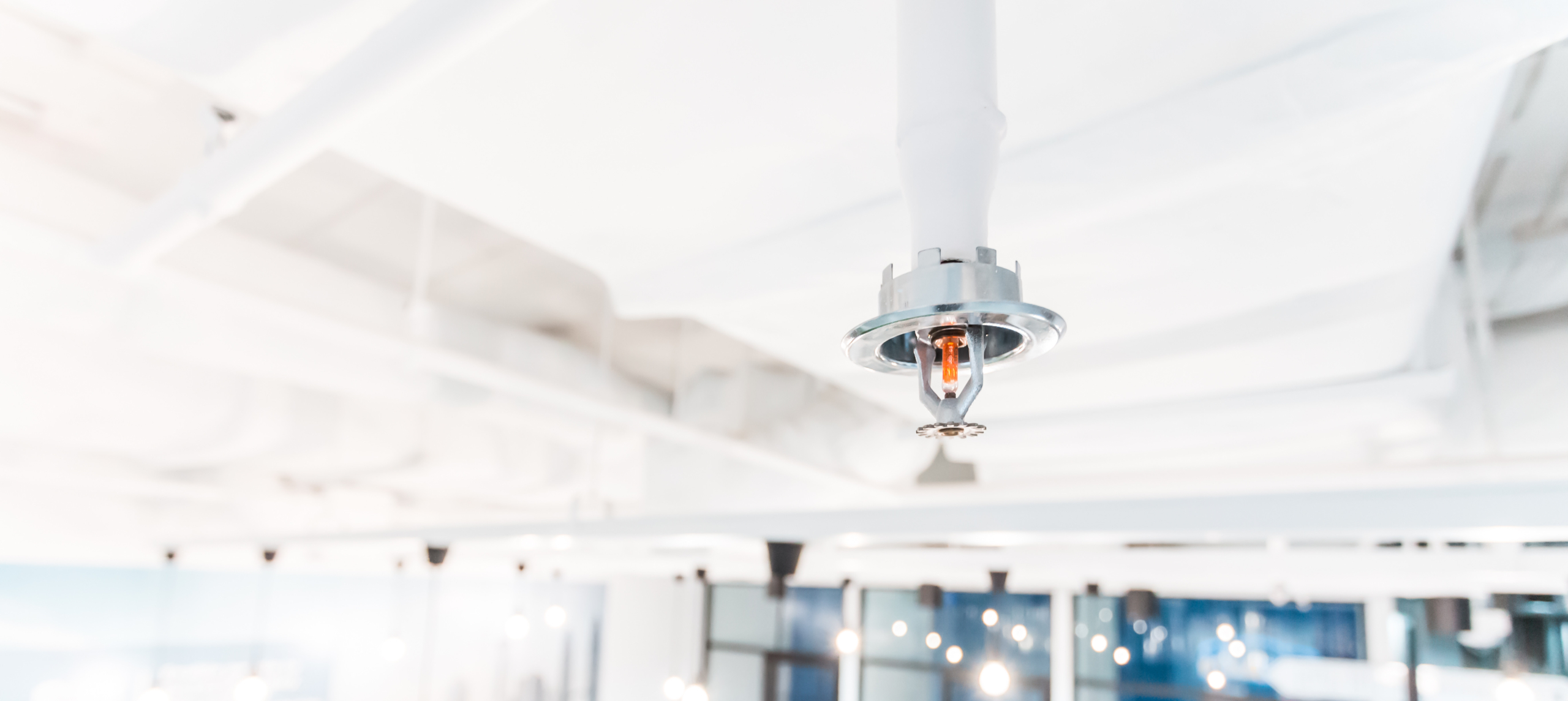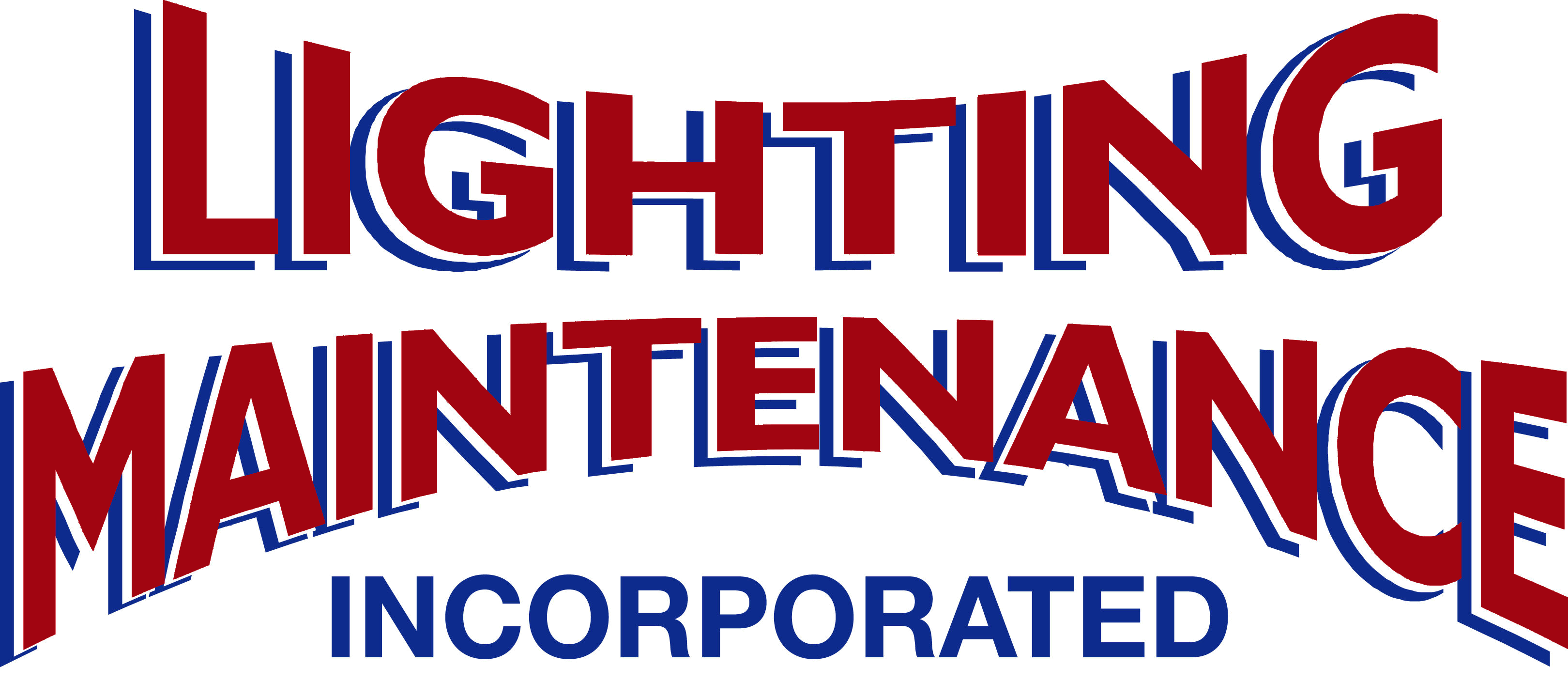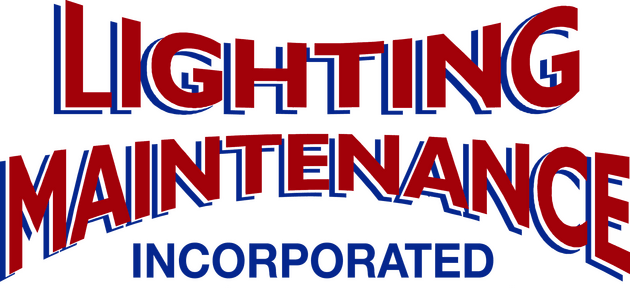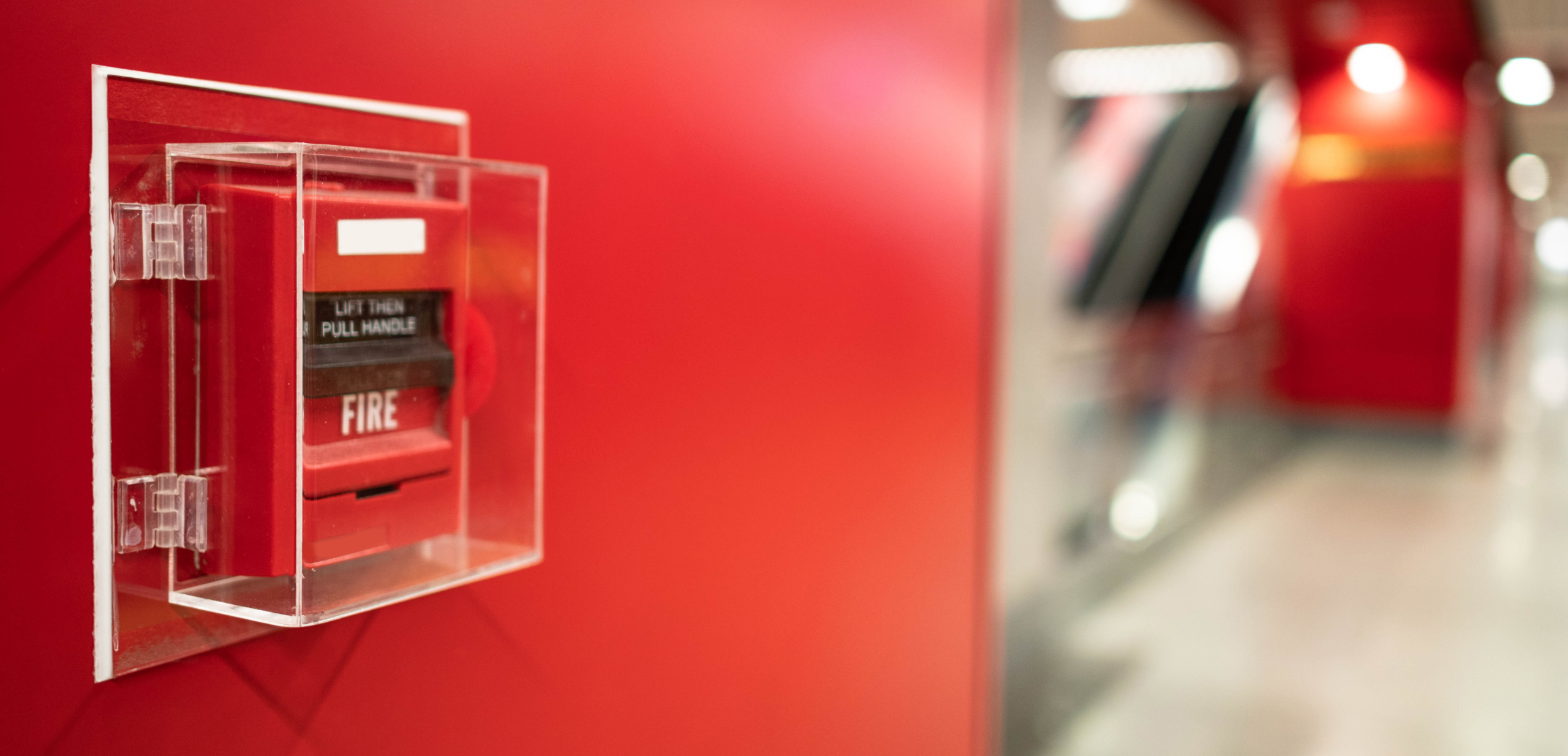14 May How to Prepare Your Commercial Building for a Fire Prevention Inspection
Annual commercial fire prevention inspections are essential to foster safety for employees and patrons. Thankfully, commercial fire inspections are not a surprise. To avoid receiving a fire code violation, you can take many steps to prepare for the inspection.
Each state and local government has its own unique fire code. It is wise to take time to inform yourself of the fire codes that apply to your area. In addition to local fire codes, you will need to stay educated on international fire codes.
Failure to stay up-to-code can result in violations and expensive fines. Want to avoid getting flagged? Help your commercial building pass its fire inspection with flying colors by following these preparation tips.
1. Update Egress Plans
Egress is a lesser-known word meaning “exit.” Your commercial building needs an up-to-date egress plan to exit the building in case of a fire. Even if everything else in your building met the fire codes, it would all be pointless if no one could get out of the building.
There are 3 main components of egress:
- Exit access: The path leading to the exit
- The exit: The door, window, or another opening
- The exit discharge: The area of refuge on the other side of the exit
When performing a self-inspection, ensure the 3 components of egress can be met. Clear all obstacles from stairwells and hallways. Locked doors and windows must be simple for a singular person to open without keys or strength.
Additionally, make sure egress plans, or maps, are posted in accessible places. The maps should clearly indicate all emergency routes and evacuation paths. All exits need to be clearly indicated with emergency exit lighting.

2. Test Your Sprinklers
As fire protection contractors inspect your building, they will leave tags on each unit they inspect. At the end of the inspection, you will be left with a full report that notes any deficiencies. One of the units that gets inspected is fire sprinklers.
There are ways to check on your sprinklers without turning them on and drenching your building. Perform a visual inspection and make sure no items come within 18 inches of a sprinkler head.
Sprinkler heads should be clean with no paint and corrosion. Make sure that nothing is attached to any of the sprinklers. Fix any of these situations right away either by yourself or with professional repair help.
3. Look for Damaged Electrical Cords
One of the fastest ways that fires start in commercial buildings is through electrical shock. Damaged and frayed electrical cords increase the risk of electrical shock.
Perform a walk-through on all of your electrical cords. This preparation tip is tedious, but it is essential. Beyond electrical cords, old commercial wiring is a fire hazard.
Use this helpful checklist when you prepare your electrical systems for inspection:
- All extension cords are grounded
- All power strips have circuit breakers
- No extension cords are used with permanent appliances or fixtures
- Any extension cords are used only on small appliances
- All circuits are properly labeled and covered with plates
- There is 30 inches of clear space in front of each electric panel
A note on extension cords: Extension cords are never a substitute for permanent electrical wiring. Extension cords should always be used temporarily and never on large appliances. If you use them, they should be heavy-duty.
If you need to power multiple appliances in one room, use a surge protector. Powering a room full of large appliances, such as laundry machines or computers, is a fire code violation.
4. Note Any Fire Alarm Deficiencies
It can be tempting to pull a fire alarm just to make sure that it works. Instead of startling your building staff and alerting the local fire department, schedule a fire drill for your building.
- Decide on a date and time for your fire drill
- Notify the company that monitors your alarms and your state’s emergency response line
- Inform your building staff and patrons
- Begin the drill and note how long evacuation takes
- End the drill and record your findings
All fire alarm pull stations should be accessible. Make sure they are easy to see and nothing is blocking their path. If the panel displays any alerts, report the message to the fire alarm company so that any disruptions can be fixedly prompt.

5. Double Check Fire Extinguisher Placements
Check on the quality and placement of all the fire extinguishers in the building. Each component should have no rust or damage. The gauge on each fire extinguisher needs to be at the operational level, noted with a green color.
Make sure all fire extinguishers are mounted and that none are resting on the floor. The top of extinguishers that weigh 40 pounds or less can be installed up to 5 feet above the floor.
The top of any heavier extinguishers can be no higher than 3.5 feet off the floor. The bottom of every fire extinguisher needs to be at least 4 inches above the floor. There should be fire extinguishers within 75 feet of each other throughout the whole building.
6. Take Out the Trash
Cleanliness is essential for fire safety. Emergency routes that are piled high with obstructions can result in a big violation. Stay on top of trash and debris so that it does not pile up. Frequently remove all trash, debris, and flammable waste from your commercial building.
One of the top causes of commercial building fires is an HVAC system malfunction. No electrical, HVAC, or boiler rooms can be used for storage. These rooms have an inherent risk in and of themselves, so any combustible items stored in these rooms only add to the risk of fire.
7. Ensure First Responders Can Find Your Building
In case of a fire or other emergency, first responders need to be able to find and enter your building with ease. To ensure that your commercial building is easy to find, clearly label your building with its address number. It is best if the address number is easy to see from the road.
Install fire department lock boxes outside of your building so that the fire department can easily enter your building in an emergency. The fire department holds a master key to these lock boxes.
Preparation is Key
Violations and fines are avoidable if you properly prepare for your annual commercial fire inspection. Stay diligent and check on your systems regularly so that you aren’t overwhelmed before your inspection.
Lighting Maintenance Inc. can help commercial businesses in Maryland, Washington DC, and Virginia prepare for their fire inspections. If you notice issues after performing your self-inspection, reach out to us. We’ll be happy to help!





